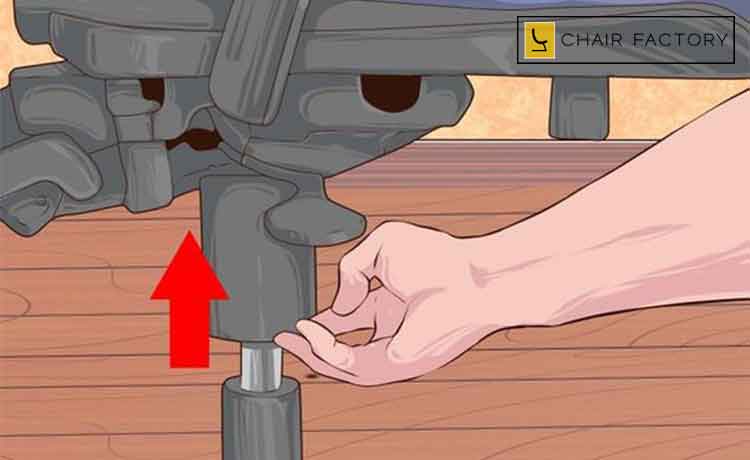How do chair Hydraulics work?
Chair hydraulics, also known as chair gas lifts or pneumatic cylinders, are mechanisms commonly found in office chairs, task chairs, and some other types of seating. They allow for height adjustment and provide a flexible and comfortable seating experience. The operation of chair hydraulics is relatively simple and involves the following components: Gas Cylinder: The central component of chair hydraulics is the gas cylinder, which contains compressed gas, typically nitrogen. The gas cylinder is a sealed unit with a piston mechanism inside. Piston and Rod: The piston is a movable component located inside the gas cylinder. It is attached to a rod that extends through the top of the cylinder. Lever or Handle: Most chairs with hydraulics have a lever or handle located under the seat. When this lever or handle is pulled or activated, it triggers the height adjustment mechanism. Release Valve: A release valve is located on the bottom of the chair's gas cylinder. It allows for controlled release of the gas and adjusts the height of the chair. When you pull the lever or handle on a chair with hydraulic height adjustment, it opens the release valve in the gas cylinder. This valve allows a controlled release of the compressed gas, which in turn causes the piston and rod inside the cylinder to move upward or downward. The movement of the piston and rod adjusts the height of the chair seat. When you release the lever or handle, the release valve closes, sealing the gas cylinder and locking the chair at the desired height. Chair hydraulics provide an easy and efficient way to adjust the height of a chair to accommodate the user's preference or desk height. The gas cylinder and piston mechanism work together to provide smooth and controlled height adjustments, allowing for comfortable seating positions.
Ishita
02.06.2023
